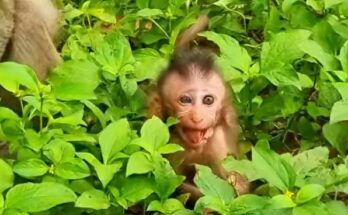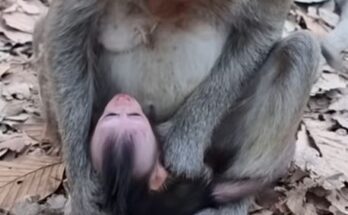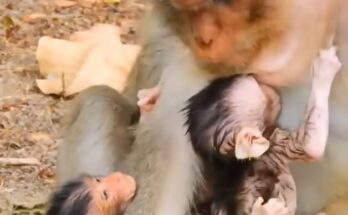Wild monkeys, some of the most intelligent and adaptable creatures on Earth, thrive in diverse environments, from dense rainforests to arid savannas. Their lives revolve around complex social structures, ingenious survival tactics, and an intricate balance with nature. Understanding their behaviors and challenges offers a fascinating glimpse into the untamed world of primates.
Jungle Hierarchies: The Social Fabric of Monkey Troops
Monkeys are highly social animals that live in troops, which can range from a few individuals to several dozen. Their hierarchical structures play a crucial role in maintaining order within the group. Dominance is often determined by physical strength, intelligence, or lineage. In species like baboons and macaques, alpha males exert authority over the group, securing access to food and mates. However, leadership is not just about power—these dominant monkeys must also provide protection and mediation in conflicts.
Female monkeys often have their own social rankings. In some species, such as vervet monkeys, females inherit their mother’s social status, and strong matriarchal bonds influence troop dynamics. Grooming is a vital social activity, serving not only to maintain hygiene but also to reinforce alliances and resolve conflicts. Cooperation among troop members is essential for survival, as group living provides better protection against predators.
Survival Tactics: Adaptation in the Wild
Life in the jungle is fraught with dangers, and wild monkeys have developed remarkable survival tactics to thrive in their habitats. Their diet varies depending on the species and environment but commonly includes fruits, leaves, insects, and small vertebrates. Some monkeys, such as capuchins, use tools to obtain food—breaking nuts with rocks or using sticks to extract insects from tree bark. This resourcefulness demonstrates their impressive problem-solving skills.
Predator avoidance is another crucial survival strategy. Monkeys are constantly on alert for threats from leopards, eagles, snakes, and even rival troops. Many species have specific alarm calls to warn others about approaching danger. For instance, vervet monkeys use distinct vocalizations to indicate whether a predator is approaching from the ground or the sky, allowing their group to react accordingly.
Reproduction and Parental Care
Reproduction plays a key role in sustaining monkey populations. Mating behaviors vary among species, with some forming monogamous pairs while others engage in polygamous relationships. Courtship rituals often involve displays of strength, vocalizations, and grooming.
Once a baby monkey is born, maternal care is crucial for its survival. In many species, infants cling to their mothers for extended periods, learning essential life skills through observation and imitation. In some troops, other females, known as “allomothers,” assist in raising the young, fostering a strong sense of community.
The Future of Wild Monkeys
Despite their adaptability, wild monkeys face increasing threats due to habitat destruction, poaching, and climate change. Deforestation has significantly reduced their natural habitats, forcing many populations into closer contact with humans, leading to conflicts and the risk of disease transmission. Conservation efforts are essential to ensure their survival, including habitat protection, anti-poaching measures, and community education initiatives.
Conclusion
The life of wild monkeys is a testament to the resilience and intelligence of these remarkable primates. From their intricate social hierarchies to their clever survival tactics, they have evolved to navigate the challenges of the wild with remarkable efficiency. However, as human activity continues to encroach on their territories, it is our responsibility to protect and preserve these fascinating creatures for future generations.


